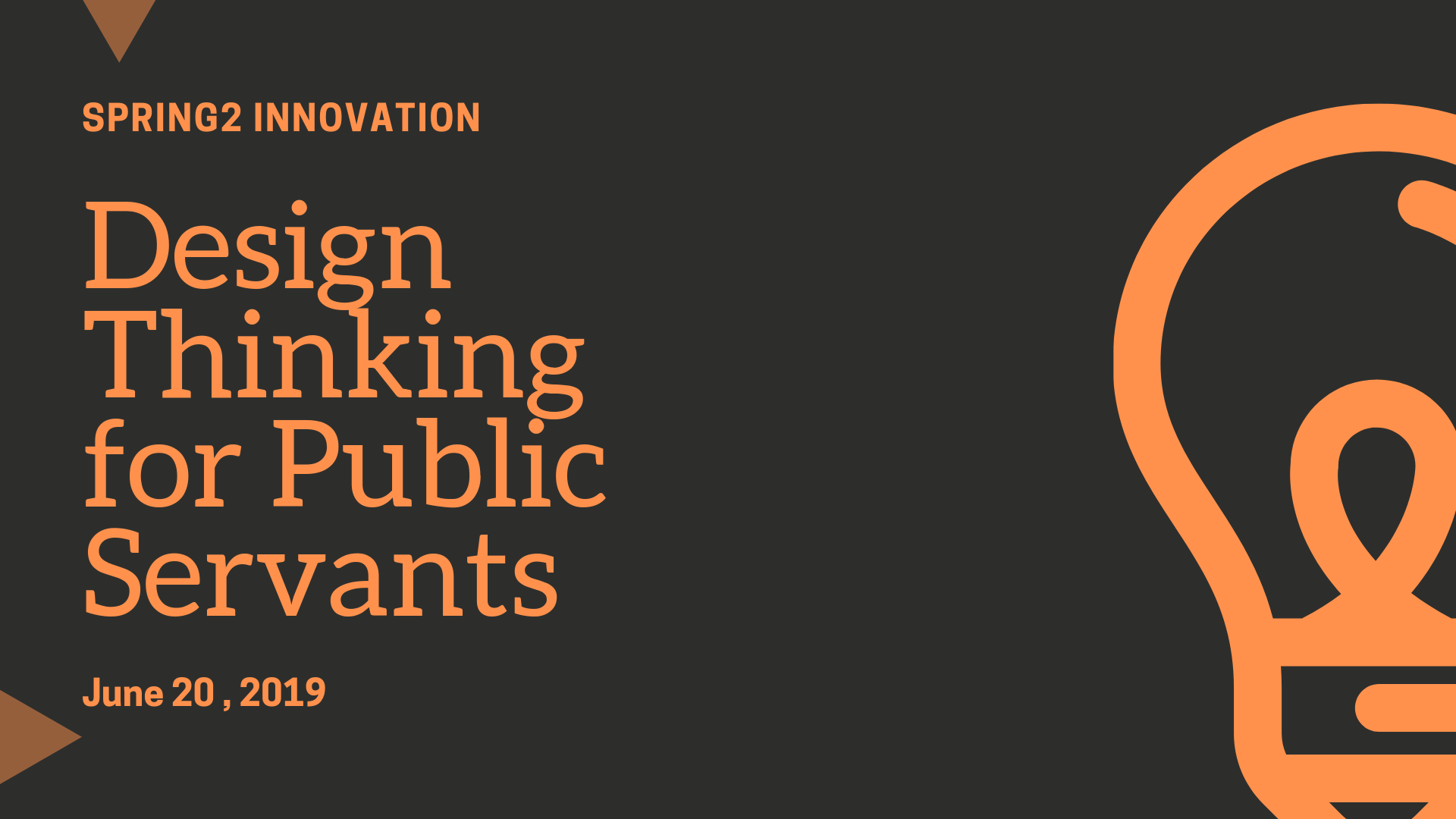
Design thinking is a user-centric, solution based approach of thinking and methodology. It provides the structure and methods for solving complex problems in a collaborative and creative way. Design thinking looks at understanding the users’ needs and delivering on what is possible.
It is an inclusive approach that looks at alternatives and works to reduce limiting ideas and constraints. It involves critical questioning, data and analysis. It also involves looking at things from various angles and perspectives to fully understand the challenges facing all stakeholders. At the onset of Design Thinking, there is no predetermined outcome. Design Thinking phases take the organization through a process that ensures the organization gets to where it needs to go.
Design thinking methodologies include five (5) phases; Empathize, Define, Ideate, Prototype and Test. Throughout the course, participants will be guided through each phase and various methods that can be applied.
This course will discuss how to apply design thinking, tools and methods for work with clients and in life. Various case studies identifying solid design thinking approaches will be reviewed used to really ensure a deep understanding among the participants.
Program Topics
- Basics of Design Thinking
- Understanding Good Design
- Tools and methods used in design thinking
- Breaking down problems
- Designing for the customer
Objectives
- Understand how design thinking can be applied as participants look for alternative ways of looking at increasing innovation with clients
- Understanding clients’ challenges
- Empathizing with client’s end customers






